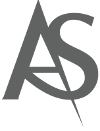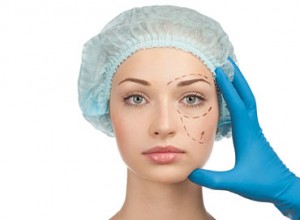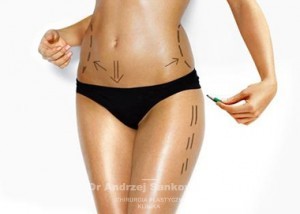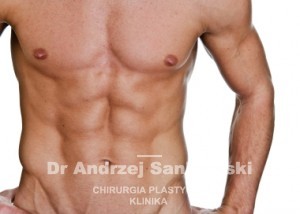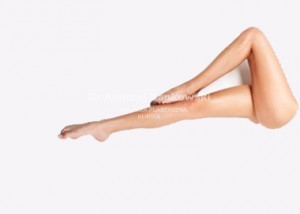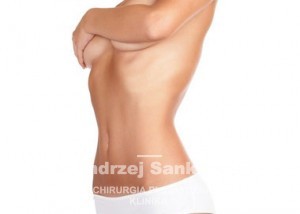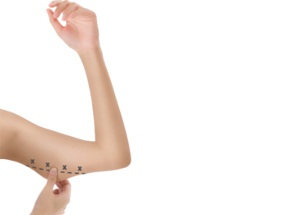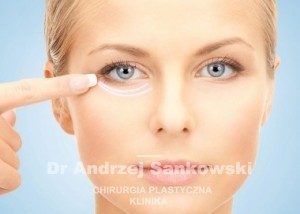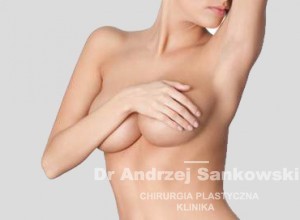Rhinoplasty – Nose Tip Plasty/Nose Reshaping

The treatment is performed in a hospital or in the doctpr’s office, under general or local anaesthesia. Usually, the former is selected for greater comfort and safety. In most cases, the operation is aimed at reducing the size of the nose, modelling its tip, levelling the hump or changing the angle between the nose and the upper lip. In some patients it is necessary to insert a new cartilage or a silicone implant. The nasal correction is performed during one procedure.
Almost all operations are performed by cutting inside the nostrils. They allow the surgeon to manipulate both cartilage and bone elements freely, scaffolding the nose. The hump is removed by means of a special file and the narrower, more straight tip is achieved by breaking and refracting the bone parts. Removal of pieces of nose cartilage helps to improve the contour of the nose tip. However, the change of angle between the nose and upper lip is made by raising the septum. Too wide nostrils can be narrowed by cutting out small skin chocks.
GOAL
The nasal correction is an operation that improves the shape and often imprving its functioning. It is a procedure which gives the correct face proportions and definitely improves the patient’s well-being and psychological condition.
PREPARATION
The patient is informed about the entire procedure, what complications may occur and how to be prepared for the operation.
It is very important forthe patient to remember the following:
- 2 weeks before and after the operation stopped smoking tobacco
- 2 weeks before the procedure, no medication may be taken that may cause coagulation disorders
- do not tan at least 14 days before surgery
- the patient should take vitamin C and rutinoscorbin during 14 days before the surgery
- do not use fluids, powders or creams for the time of the procedure
- the patient reports to the clinic with all tests needed
- the patient must be fasting on the day of surgery (it is not allowed to drink, eat, suck on candies)
CONTRAINDICATIONS
- advanced age
- purulent sinusitis
- diabetes
- excessive and unsustainable patient expectations
- ischemia
TESTS FOR THE PROCEDURE
- morphology with blood smear, ESR
- blood type
- urine test
- electrolites (K, Na)
- ECG
- fasting blood glucose level
- coagulogram (APTT, Prothrombin Ratio, INR)
- Antigen HBS, HIV, HCV
- nose smear
- chest radiograph
- ECG with description
- ionogram, urea, creatinine
TYPE OF ANAESTHESIA
The operation is performed under general anaesthesia, small corrections can be performed under local anaesthesia.
DURATION OF THE PROCEDURE
The procedure takes between 1 and 2 hours, minor corrections take between 1 and 1.5 hour.
POSTOPERATIVE SYMPTOMS
The patient may experience discomfort for a few days, more related to the possibility of breathing through the nose. Light swelling, the bruises under the eyes disappear after about 2 weeks, the fixed dressing is removed after about 7 – 14 days, after 2 – 3 days setons are removed. If the stitches are insoluble, their removal takes place one week after the treatment.
COURSE OF CONVALESCENCE
For a period of 3 months the patient should avoid sunshine, sport and physical activity. The patient should sleep on the back, going back to work after the fixed dressings are removed.
POSSIBLE COMPLICATIONS
Most common complications:
- wound infection
- bleeding
- lack of acceptance of the new appearance by the patient
- formation of solid scar tissue
- change of the skin tone in nostral area
TIME SPENT IN THE CLINIC/ABSENCE
The stay in the clinic is about 1 day, the sick absence is about 2 weeks
PROCEDURE’S EFFECTS
You will be able to see the final effect after 1 year. The effect of the operation is permanent. The treatment not only improves the shape of the nose, but also improves the patient’s self-esteem and comfort of life.
